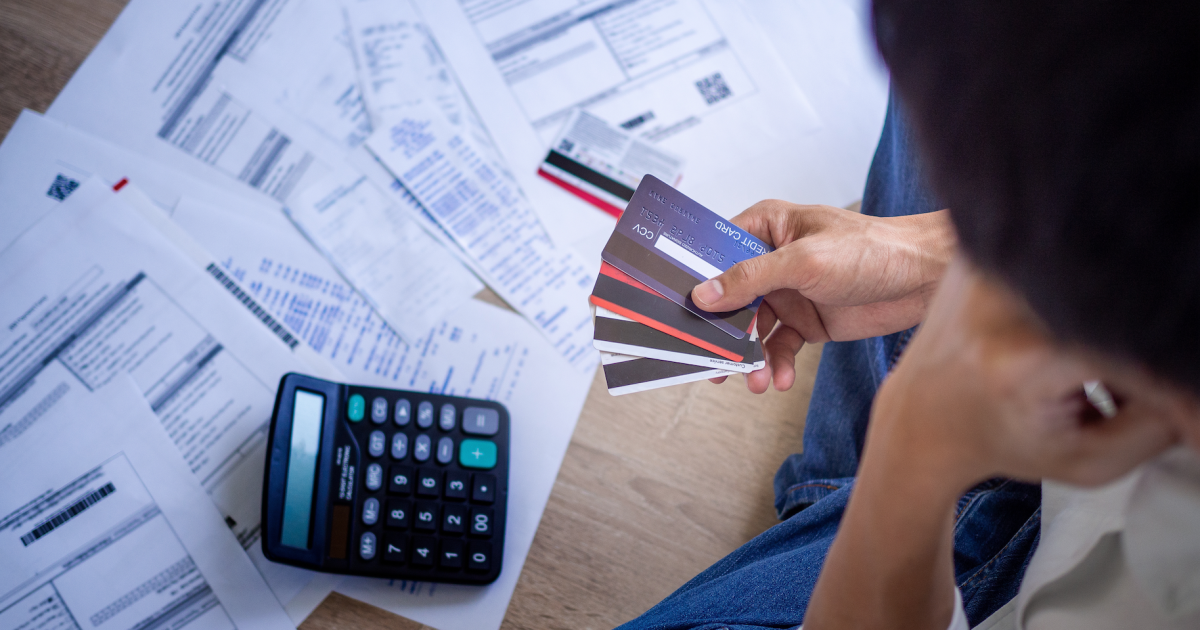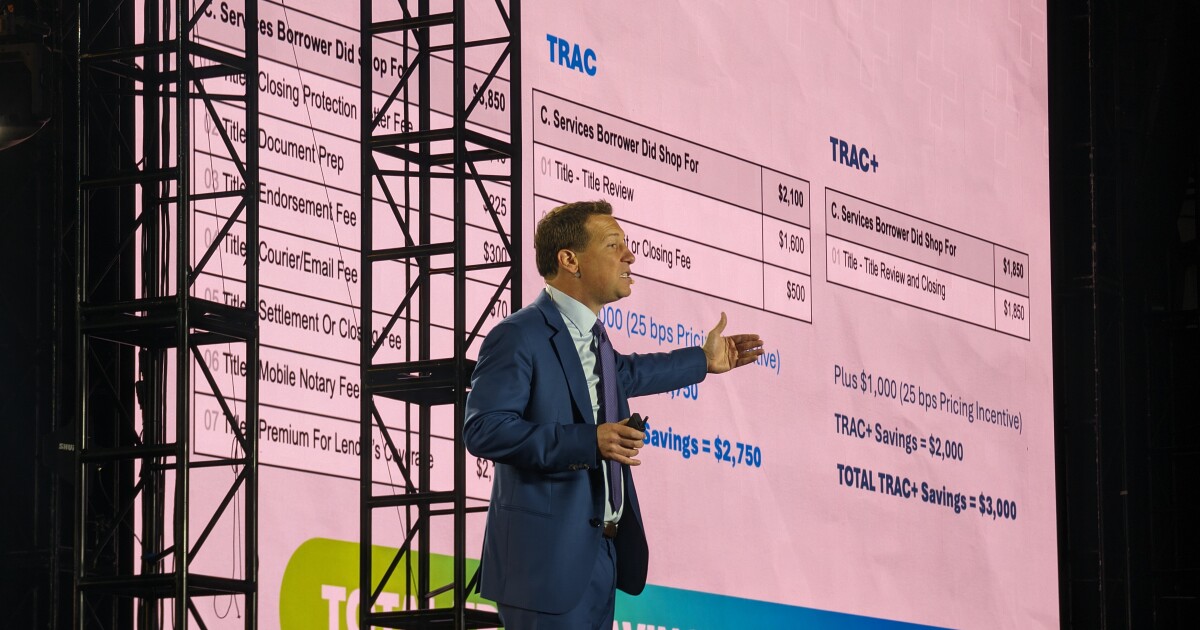
U.S. credit card balances continued to climb above $1 trillion last quarter, while the number of newly delinquent credit card users now tops the pre-pandemic average, a new report shows.
The uptick in borrowers who have fallen at least 30 days behind on their card payments appears to cut across income and geography, but it is "disproportionately driven" by millennials, credit card users with auto or student loans and those with higher credit card balances, the Federal Reserve Bank of New York said Tuesday in its third-quarter report on household debt and credit.
Millennials, who were born between 1980 and 1994, are now moving into credit card delinquency status at a higher rate — 0.4% — than they were in the third quarter of 2019, according to the report. The potential reason for the higher rate may come down to urgent bills — housing, education, child care — that may take precedence over paying off credit cards.
"Those are all reasons why young adults are struggling," said Ted Rossman, a senior industry analyst at Bankrate.com who specializes in credit card trends. "It's a cumulative effect. If you're paying so much more for these things, it makes sense that credit card payments might slip."
Researchers at the New York Fed said Tuesday that they are planning to do more research into why millennials are experiencing higher rates of delinquency compared to other generations.
One factor could be that older generations, who are more likely to be homeowners, may have benefitted from mortgage refinancing in recent years that lowered their monthly housing costs. Millennials, many of whom may not be homeowners yet, are dealing with higher rent costs.
Overall, household debt, including credit card balances, mortgages, auto loans and student loans, totaled $17.29 trillion in the third quarter, an increase of 4.8% year over year. Balances have grown by $3.1 trillion since the end of 2019, just before the pandemic started.
For the second consecutive quarter, credit card balances exceeded the $1 trillion mark, rising to $1.08 trillion as of Sept. 30, up from 16.1% from a year earlier, the New York Fed found. Credit card balances were $1.03 billion the prior quarter, up from $980 billion in the first quarter.
About 2% of all card users went from "current" status in the second quarter to 30 or more days past due in the third quarter, the report said. That's up from 1.7% in the first and second quarters of this year, and it's higher than the third quarter average of 1.7% between 2015 and 2019.
The increase in credit card delinquencies last quarter comes on the heels of what had appeared to be a stabilization of past-due payments, particularly among subprime borrowers who in general have been more likely than other borrowers to be late on their card payments.
During the third quarter, the rates of transition into delinquency status increased for all loan categories except student loans, the New York Fed found. About 8% of credit card balances moved into delinquency status, with borrowers between the ages of 30 and 39 seeing the sharpest increase in credit card delinquency for the quarter, according to the report.
Banks as a whole are not yet sounding alarm bells about rising credit card delinquencies. But several are pointing to "normalization" trends that include an uptick in past-due payments.
At Capital One Financial in McLean, Virginia, the 30 days' past due delinquency rate increased to 4.31% during the third quarter, up 134 basis points from the same quarter in 2022, Chairman and CEO Richard Fairbank said on the company's third-quarter earnings call. The monthly delinquency rate and monthly charge-off rate are "now modestly above 2019 levels," he added.
Meanwhile, Synchrony Financial of Stamford, Connecticut, said its 30-day and 90-day past-due payments are now "approaching 2019 levels" as credit trends continue to return to normal.
"Overall, our credit performance remains within our expectations," Chief Financial Officer Brian Wenzel Sr. told analysts during the firm's third-quarter earnings call. At the same time, the $113 billion-asset card issuer is "continuously monitoring" its card portfolio and has "implemented further credit actions," such as tightening some of its loan origination criteria, Wenzel said.
Rossman of Bankrate.com called the overall increase in card balances "striking," but added that "all things considered, I think the consumer has hung in there a lot better than expected."
Still, he's beginning to wonder when the impact of inflation and higher interest rates will widely, and negatively, impact consumers, who are by and large still in spending mode, he said.
The job market will be one area to keep watching, he said.
"I do think we're getting closer to a tipping point in terms of excess savings, which has pretty much been exhausted at this point," he said. "We're getting to the point where something has to give. People will have to spend less or these debts and loans are going to become increasingly difficult."



